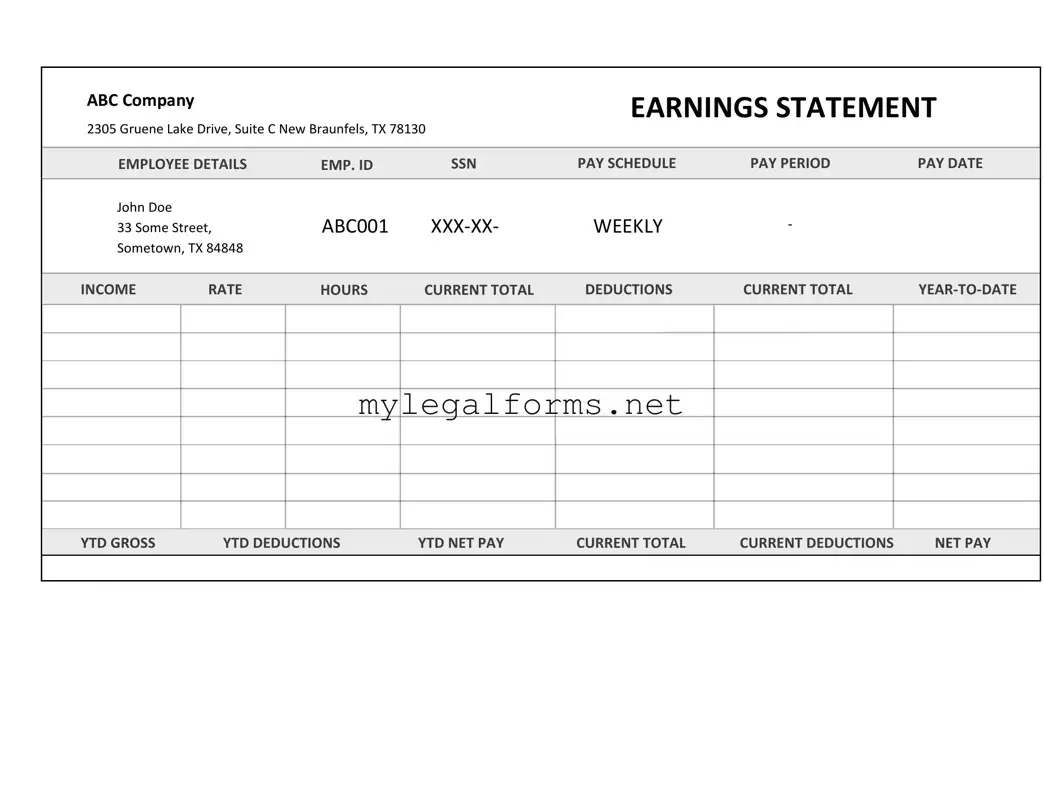Independent Contractor Pay Stub Template
The Independent Contractor Pay Stub form serves as a vital document that outlines the earnings and deductions for individuals working on a contract basis. This form not only provides clarity regarding payment but also ensures compliance with tax regulations. Understanding its components can empower independent contractors to manage their finances more effectively.
Launch Independent Contractor Pay Stub Editor
